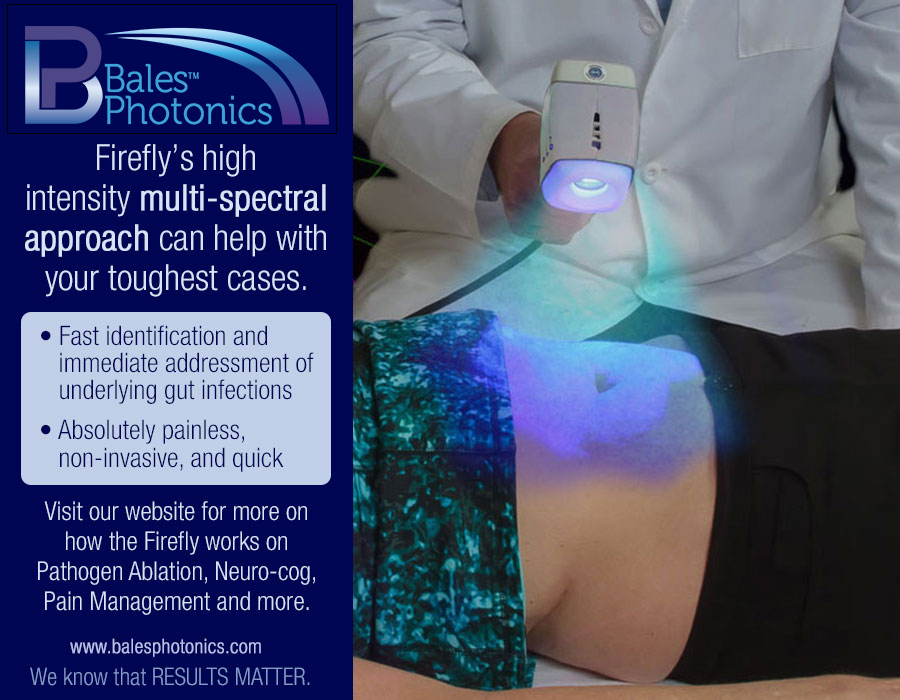Davis W. Lamson, MS, ND
Recently the New England Journal of Medicine (February 22, 2024) published an article on the sequence of events in the brain that lead to Alzheimer’s. It was good research, contributory, and an editorial accompanied it.
It still distresses me that along with all the hoopla about Alzheimer’s, an obvious, potential, and simple and inexpensive help is still ignored. Thus, I filed a letter to NEJM’s editor on February 24, 2024.
Having just been informed that it will not be published in NEJM, I am passing it along to you in case it is of some use.
To the Editor: The publication by J. Jia and others (NEJM February 22, 2024) regarding timing of brain lesion formation leading to Alzheimer’s disease is a landmark finding in demonstrating amyloid plaque as the initial of three forms of brain lesion detected that precede development of others.1
A 2009 publication showed that the enzyme nattokinase dissolved Alzheimer plaque in vitro.2 In 2013 it was reported that orally supplemented nattokinase “completely” removed amyloid plaque from the hippocampus of Alzheimer model rodents.3
This was followed in 2017 by a publication suggesting nanoencapsulation of nattokinase as treatment for Alzheimer’s disease.4 While this was potentially patentable, it was not required for removal of amyloid from the rat brain in 45 days using ordinary oral nattokinase.
Nattokinase has a good human safety record. Obviously, studies are needed to show this safe and inexpensive therapy can potentially relieve Alzheimer’s disease. But it does seem pertinent to ask, why was there no step in that direction in the 16 years since discovery that nattokinase would dissolve amyloid plaque?
No financial associations or conflicts of interest.
References
- Jia J, Ning Y, Chen M, and Wang S et al. Biomarker Changes during 20 Years Preceding Alzheimer’s Disease. N Engl J Med 2024;390(8):712-722.
- Hsu R-L, Lee K-T, Wang J-H et al. Amyloid-degrading ability of nattokinase from Bacillus subtilis natto. J Agric Food Chem 2009;57(2):503-8.
- Fadl NN, Ahmed HH, Booles HF et al. Serrapeptase and nattokinase intervention for relieving Alzheimer’s disease pathophysiology in rat model. Hum Exp Toxicol 2013;32(7):721-35.
- Bhatt PC, Verma A, Al-Abbasi FA et al. Development of surface-engineered PLGA nanoparticulate-delivery system of Tet1-conjugated nattokinase enzyme for inhibition of Aβ40 plaques in Alzheimer’s disease. Int J Nanomedicine. 2017;8749–68.
Published July 13, 2024
About the Author
Davis W. Lamson, MS, ND, received a naturopathic doctor degree from Bastyr University in 1982, and has been a staff physician at Tahoma Clinic. His original training was as a research chemist; and prior to practicing at Tahoma Clinic, he held positions in teaching and/or research at Iowa State University, Drexel University, and the University of Pennsylvania School of Medicine. He believes this initial training to be a major benefit in locating underlying causes of medical problems for his patients.

